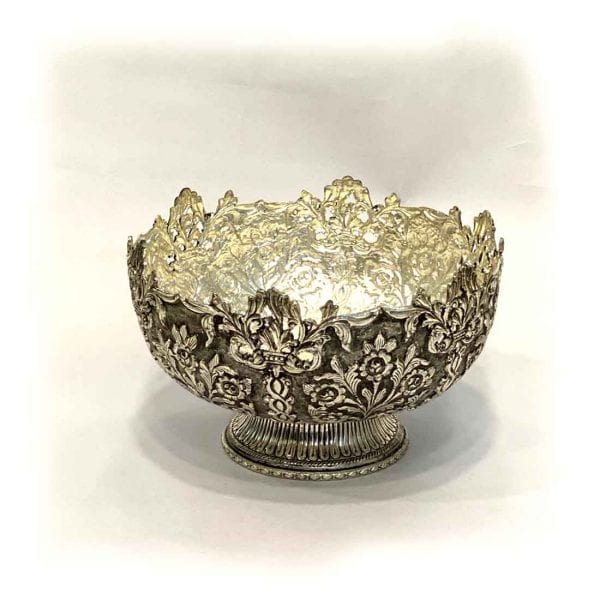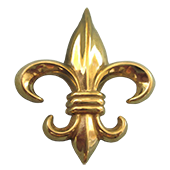History of The Silver Bowl: Know-All About Silver Bowls
Antique silver bowls hold a major place in human history. In fact, they’ve been in use for over 6,000 years, and evidence suggests that they predate even the use of eating utensils. Although, from what we know, the rulers of Ur were the first to use these vessels, they were far from the only ones, or the last. Evidence has been unearthed revealing that the ancient Greeks, Romans, Egyptians, and other cultures all had ways of hammering out bowls from this precious metal.

However this is just the beginning of the story that makes antique silver bowls so interesting to Orlando collectors. And while relics from the examples above are mostly found only in museums, more modern pieces from the 17th century on make a fascinating addition to any collection.
The Basics
Because its pure form is typically too soft for common use, sterling silver is typically alloyed with 7.5% copper for added strength, although other metals can be used in its place. For example, Argentum silver has appeared in recent decades, which replaces some of the alloyed copper with germanium. This allows for a millesimal fineness of 960, increases the alloy’s resistance to tarnish, and eliminates fire scale. However, because of the relative newness of these techniques, the antique silver bowls we typically buy in Orlando could not make use of them.
Styles
Throughout history, various styles and techniques have been used to hammer antique silver bowls of varying depths and complexity. We occasionally see one style or the other from Orlando sellers, as the techniques used across regions were similar. Below are some of the techniques that have been used to make these bowls:
Shaping
- Sinking – Often a tree stump was shaped to create a form into which a sheet of silver would be hammered. The smith would hammer in concentric circles, beginning from the outside of the form and ending in the center.
- Raising – This technique used a convex form, rather than a concave one, to hammer the sheet of metal over, and was most commonly used for deeper vessels, such as pitchers.
- Planishing – Both methods of shaping antique silver bowls created a distinctly honeycomb-like texture in the metal. This was often remedied by utilizing a planishing hammer to smooth the outside surface of the vessels once they had achieved their final form.
Decoration
As any Orlando collector knows, antique silver bowls are rarely without ornamentation; they are often replete with detailed, artistic flourish.
- Pricking – A sharp, hard instrument used to create pointillist designs.
- Repoussé – This method required the silversmith to hammer from the inside of the piece in order to create a bas-relief style effect.
- Chasing – The opposite of repoussé, hammering takes place on the outside of the piece, sinking the metal inward.
- Open work – These lace-like effects were achieved by actually piercing the bowl using a punch or saw for open designs.
- Other effects also included engraving, bright-cutting, and enameling to add detail and color.
While the methods were similar, antique silver bowls vary drastically across different regions and time periods. When meeting with clients, it’s interesting to see how something as simple as a punch bowl can vary so widely across cultures. A piece from England might depict dragons, or a coat of arms, while one from the Netherlands might feature tulips. There is also the monteith, a highly decorative, handled and footed style punch vessel with highly detailed, scalloped rim.
Tags: Antique Buyers, antique silver bowls, Orlando, Sarasota Antique Buyers
